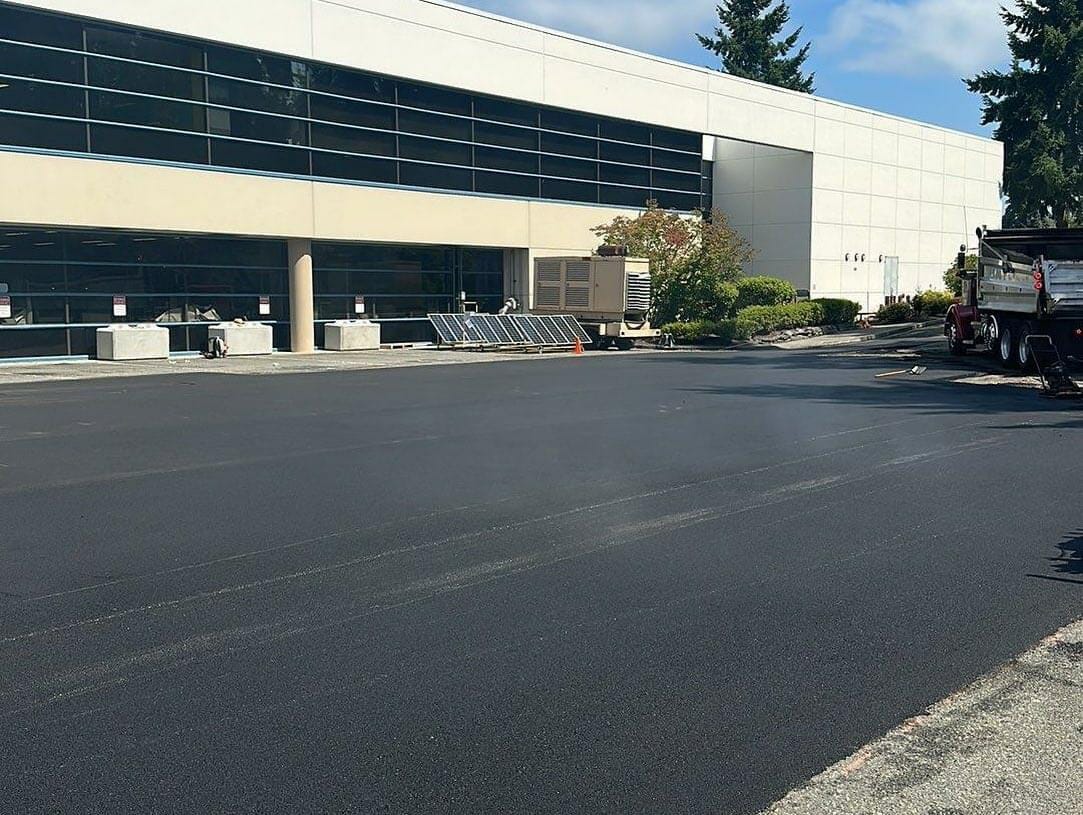Whether you have a residential or commercial property, freshly paved asphalt can give its exterior an instant makeover. While it’s a long-term investment that can boost curb appeal and maintain its attractive appearance for years to come, it does require some care and maintenance. Here at NYS Enterprises, we’re the experts in all things asphalt and have created this list of do’s and don’ts to follow after you complete an asphalt paving project. With these tips, you can ensure your asphalt stands the test of time. So keep reading to learn some of the most important do’s and don’ts after your driveway or parking lot is newly paved.
Do’s After an Asphalt Paving Project
Here are several strategies to help you protect newly paved asphalt on your commercial or residential property.
Plan Ahead
Asphalt paving, especially in the commercial sector, requires meticulous planning to ensure a safe and efficient process. Before the project starts, ensure you have a clear understanding of the projected timeline and the overall budget, and make a plan for how you will properly block off the area and let drivers know where they can park or drive for the time being. Planning ahead can save time and money, prevent safety hazards, and ensure you and your paving contractor are on the same page.
Do Hire an Experienced Asphalt Contractor
Hiring a skilled asphalt contractor with years of experience is one of the most important things you can do when heading into a paving project. An experienced contractor will thoroughly understand the paving process, use high-quality asphalt materials, and possess the necessary tools and equipment to complete any type of job. They can also provide expert guidance on the best action plan and paving solutions for your unique situation.
Do Ensure Proper Drainage
Proper drainage is the key to keeping your asphalt in optimal condition year after year. The reason is that standing water is the biggest threat to asphalt quality, and failing to manage runoff can result in cracking, settling potholes, and other types of degradation to your pavement. Make sure you hire a paving contractor who takes all the necessary drainage measures, including grading and sloping the surface away from your building and implementing effective drainage systems such as French drains or catch basins.
Do Use High-quality Asphalt Materials
The asphalt materials you choose to use during your project are extremely important. Make sure to select an asphalt contractor that makes it a point to choose materials that meet industry standards and guidelines, are eco-friendly, and are suitable for your individual project.
Do Compact the Asphalt Properly
Adequate compaction is crucial for achieving a smooth, attractive, and long-lasting asphalt surface. This is because compaction removes air pockets and helps achieve a consistent density level that increases the surface's stability.
Do Establish a Routine Maintenance Plan
The work isn't done once your paving project is over. You’ll need to establish a routine maintenance plan that includes sealing cracks, patching potholes, and resealing the surface every few years. These routine maintenance services will prolong the lifespan of your asphalt, reduce potential safety hazards, and keep it looking great year after year. NYS Enterprises is proud to be one of the few paving companies that offer comprehensive maintenance packages for our clients to ensure their investment is adequately preserved.
Do Wait At Least 24 Hours Before Driving on the New Surface
While it may be tempting to allow your visitors to test out the new asphalt right away, you should wait at least 24 hours. This way, the asphalt will have enough time to set and cure. If it’s particularly hot outside, you’ll need more than 24 hours. Keep this timing in mind when you schedule your project.
Do Drive Carefully
Be mindful about how you drive on the asphalt and ask others to do the same. Fast driving on new asphalt can lead to damage, such as scuffs, tire marks, and depressions in areas that are still in the curing stage. During the first month or so after your asphalt has been placed, make sure your vehicle’s wheels roll before you turn the steering wheel. Also, park it in a straight line after you stop slowly.
Do Keep Asphalt Clean
Asphalt pavement is prone to dirt and debris, making it crucial to clean it on a regular basis. It’s also vital to clean up oils and leaks immediately to prevent permanent stains and damage. By making it a priority to keep your asphalt clean and remove any standing water that appears right away, you can protect its structural integrity and reduce the risk of cracks that stem from ice and cold weather.
Do Sealcoat After a Year
Not only can a sealcoat give your asphalt pavement a shiny, aesthetically pleasing appearance, it may also protect it against damages, such as oil spills, cracks, and water damage. We suggest you sealcoat your asphalt or hire a professional to do so after the first year. Then, you can sealcoat every two to three years, depending on your pavement’s condition.
Don’ts After an Asphalt Paving Project
Avoid the following to keep your asphalt pavement in optimal shape.
Don’t Skip Site Preparation
One of the biggest mistakes you can make going into a paving project is skipping site preparation. You must have a strong, even foundation for your pavement to be laid atop; otherwise, you’ll likely end with a bumpy and uneven surface that is prone to cracking and potholes.
Don’t Overlook Drainage Problems
The potential problems resulting from drainage problems are severe. This is because a poorly drained area will create pools of stagnant water that create cracks, potholes, and widespread damage. So before any pavement is laid, make sure your pavement contractors grade the area properly and install the right drainage systems.
Don’t Compromise on the Quality of Asphalt Materials to Save Money
While you may be enticed to cut upfront costs, compromising on the quality of asphalt materials is a big mistake that could backfire on you later down the road. This is because while it may save you money in the short term, it will result in much more frequent repairs, a shorter overall lifespan for your pavement, and likely an unattractive or sub-par appearance.
Don’t Neglect Edges and Joints
Another thing that is on our list of “don’ts” is neglecting edges and joints. If not properly attended to, these areas can become weak and quickly crack or crumble, as they are prone to damage. Remember to ensure they are adequately compacted and sealed to prevent moisture penetration and save yourself unnecessary repairs down the line.
Don’t Overload the Surface
Make sure you don’t overload your newly paved asphalt surface with heavy equipment or vehicles during the curing period. You need to allow sufficient time for the asphalt to harden and cure before subjecting it to heavy weight or a high amount of traffic. This will help to prevent unsightly holes or divots in the surface.
Don’t Fail to Maintain Your Asphalt
Lastly, one of the major don’ts we stress here at NYS Enterprises is failing to maintain your asphalt over time. Don’t wait until your pavement is severely damaged or extremely visually unappealing to take action – preventive and routine maintenance is essential! You have the power to prevent small issues from escalating into major problems, saving yourself time, money, and energy spent on repairs or even a full-scale replacement.
Don’t Park in the Same Spot Every Time
If you’ve been at your property for quite some time, you may have a habit of parking in the exact same spot every time. It’s best to avoid this, or you might leave impressions or create low spots. If there are certain vehicles that stay on your pavement for several days or longer, add a piece of plywood under the tongue. If the vehicle will stay put for weeks or months, place a pad under its wheels.
Don’t Sealcoat Too Soon
While sealcoating is important and can save you a great deal of time and money, sealcoating shortly after your asphalt has been placed can cause damage. Be sure to wait at least one year before you sealcoat. This way, your asphalt will have enough time to set completely and build a strong foundation.
Don’t Ignore the Edges
Since they don’t have any support on the sides, the edges on your asphalt pavement are the most prone to damage. If you drive too close to them or park on them, you may eventually face issues like cracking and crumbling. Parking too close to the edges can also lead to sinking. If your edges are exposed by four inches or more, you might want to use topsoil to backfill so you can create room for water damage and sod growth.
Don’t Worry About Texture Variations
It’s highly likely that your asphalt pavement will appear smoother in some areas and rougher in others. Rest assured, this is completely normal, as asphalt is made up of different amounts of sand, stone, and other ingredients. You’ll also find that if your asphalt were spread with a machine, it would look different than if hand tools and rakes were used. Professional installation can ensure your asphalt looks great despite the variations in texture.
Contact NYS Enterprises for Professional Asphalt Paving in Seattle
Undergoing an asphalt paving project can be a challenging task, but with the help of NYS Enterprises, it doesn’t have to be overwhelming. We’d love to discuss your next commercial or residential pavement project in Seattle — contact us today so that we can guide you to success!





